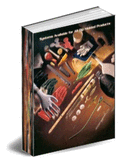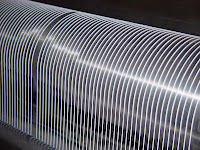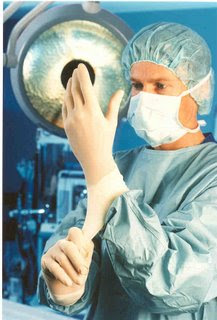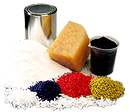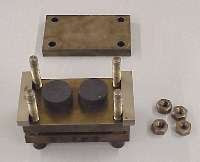JW Latex Consultants (and Rubber Consultants,乳胶顾问) offer solutions to your
problems in Natural Rubber latex and Synthetic Rubber latex processing and the manufacturing of latex products (condoms, catheters, medical gloves, baby teats and soothers, toy balloons etc) Quick answers through e-mails are possible at reasonable cost.
__________________________
This Site Is Best Viewed With Mozilla Firefox Browser. If You Are Viewing With Internet Explorer, It Is Advisable to Switch to Mozilla Firefox By Going to This Link -> http://www.mozilla.org/en-US/firefox/new/
It Is Free to Download
__________________________
Send Your Enquiry and Orders To: woonsungliang@yahoo.com.sg
 Problem Solving Through E-Mails with John Woon Latex Consultants Is Possible
Problem Solving Through E-Mails with John Woon Latex Consultants Is Possible
可以通过电子邮件与JW乳胶顾问来解决问题

__________________________
Please kindly donate to support the maintenance of this site. We'd appreciate it very much.
__________________________
__________________________________________________________________________
Rubber Products with Objectionable Smell/Odour
Manufacturer: Some of our dipped products have some residual smell which could be objectionable to our customers. Can you explain the cause of this odour and how we could overcome this.
John Woon (Senior Latex Consultant): This is usually due to chemical actions during vulcanization. Some residual accelerators and sulphur would result in "sulphur-like" smell. However the most common cause of objectionable smell is the purification of the latex compound as a result of bacterial and fungal attack on either the raw latex or compounded latex.
Some believe that the hydrolysis of the residual monomers in the synthetic latices could be another possible cause.
You can overcome the problem by taking remedial actions to prevent the above mentioned incidences. However, for stubborn odour, I suggest you look into the possibility of adding reodorants/deodorants into your latex compounds at, say, 0.5 phr. Most of the good deodorants are blends of essential oils which must therefore be first emulsified before use.
You could of course spray some of this into the tumbler if you are using this.

Rubber Thread by Dry Rubber Extrusion
Manufacturer: I know that the rubber thread used in textiles
and garments is manufactured by extrusion process (i.e. by Latex extrusion).
I want
to know whether it is possible to extrude thread by using rubber sheet. That is
by using hot feed Extruder. Any advantage of using extruder process compared to
latex extrusion? (Is it possible to add more filler in rubber thread extrusion
process in case of dry extrusion and also the usage of carbon black and silica
as reinforcement agents?)
John Woon (Senior Latex
Consultant): Wherever
possible, using latex would give the best physical properties compared to
"dry-rubber" process. This is because in the latter, rubber must
first be masticated whereby the rubber molecules are broken down to soften the
rubber in order to facilitate the subsequent mixing of compounding ingredients.
As a result of mastication the
rubber has been "weakened" unless and until a reinforcing filler such
as carbon black and silica is added.
Yes, you can make rubber thread
by "dry-rubber" extrusion process followed by cutting.

Semperit to Acquire Malaysian Latexx Partners
Semperit AG Holding entered into agreements to acquire a significant
stake in Malaysian Latexx Partners Berhad. In addition, Semperit announces a
voluntary conditional cash offer for all outstanding shares and warrants of
Latexx Partners.
Assuming a 100% takeover of Latexx Partners, the maximum
transaction volume will amount to approximately MYR 603 million (EUR 152
million). The offer is being made via Semperit Investments Asia Pte Ltd, a
wholly owned subsidiary of Semperit. Latexx Partners generated revenue of MYR
441 million (EUR 104 million) and an EBIT of MYR 66 million (EUR 16 million).
The company owns six manufacturing plants.
The planned acquisition represents a
significant step for Semperit to achieve its strategic objective of reaching an
annual sales volume of 23 billion gloves by 2015. Latexx Partners has an annual
capacity of 9 billion gloves, thereof 6 billion with latest technology.
Semperit expects to increase its annual glove production capacity from the
current level of 12 billion gloves by approximately 70% to about 20 billion.
Adhesive Bonding of Rubbers
Manufacturer: We are bonding vulcanized rubbers with adhesives and observe that with Neoprene and Nitrile rubbers there is lesser problem compared with EPDM and silicone rubber. Please explain why and how can we improve the bonding of EPDM and silicone rubber?
John Woon (Senior Latex Consultant): How the adhesive bonding of fully cured rubbers performs will
depend greatly on the rubber's surface characteristics.
Polar rubbers with a relatively high surface energy (e.g.
Neoprene/polychloroprene or Nitrile) generally require only cleaning and
mechanically abrasion prior to bonding because most adhesives will easily wet
the surface of these rubbers.
However, rubbers having a relatively low surface energy (e.g. EPDM
or silicone rubber) must be chemically pretreated before being bonded. This is
to raise the surface energy (or sometimes a compatible primer must be
used).
The following are the various pretreatments you can use:
Chlorination - The rubber is immersed in concentrated hydrochloric acid -
sodium hypochlorite solution. Improved adhesion is due to a combination of
surface modifications including surface roughening, increased surface energy
with the formation of polar groups.
Cyclization - Some rubbers require
"cyclizing" with concentrated sulfuric acid until hairline fractures
are formed on the surface. Cyclizing slightly oxidizes and hardens the surface
resulting in wetting and adhesion.
Plasma - Plasma discharge can be used to clean and / or chemically
modify the surface of a rubber surface. This has been found effective for
silicone rubber and styrene butadiene copolymers.
Primers - Primers are also often used on low energy rubbers such as
fluoroelastomers, EPDM, and silicone rubber. The primer acts as a
"sandwich" intermediate layers which provides good adhesion to the
rubber and a more wettable surface for the adhesive.

EV Cure System and Low Temperature Resistance
Manufacturer: We are using EV (Efficient Vulcanization) system for high temperature resistance and low compression set. However, we note that the low temperature resistance is quite poor. Can you please explain why this is so?
John Woon (Senior Latex Consultant): What you observe is to be expected. Here is the reason why:
In "conventional" cure system where more polysulphidic x-links are formed, the x-links can undergo more reactions at elevated temperatures with new x-links being formed. If the rubber is at the same time deformed or compressed, it will show poor recovery when the force is released.
In EV system, such reactions rarely take place and hence you get both good resistance to high temperature and low compression (or tension) set.
Having said that, if there are more polysulphidic x-links, some main chain modification such as the formation of cyclic sulphide would take place. This modification would result in lower tendency of the rubber to crystallize at low temperature and hence better resistance to low temperatures.

Felda Global to Establish Plantations, Pprocessing in Mynmar
Felda Global Ventures Holdings said that it has signed a
memorandum of understanding with Myanmar-based firm Pho La Min Trading to
develop rubber plantations and latex processing in Myanmar.
The MOU cites plans
to “scout for greenfield and brownfield opportunities for establishing rubber
plantations, targeted to be about 30,000 hectares for the first phase,”
according to the statement, which didn’t provide further details.
The agreement
is part of Felda Global’s drive to increase plantation area in Southeast Asia
and Africa in the wake of its June $3.1 billion initial public offering.



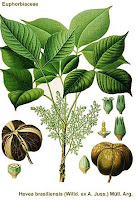

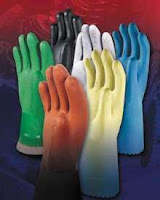




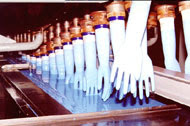
















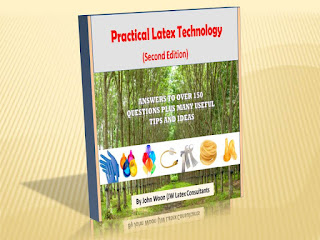


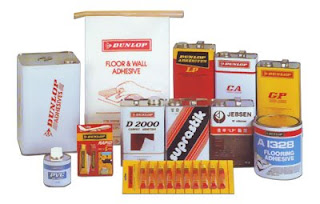
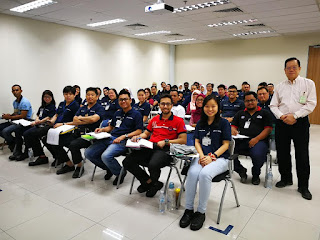

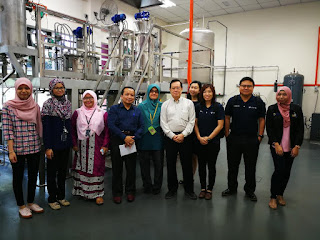






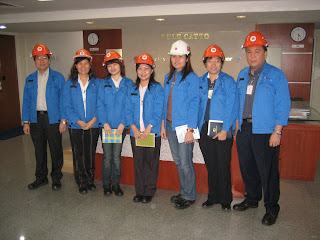
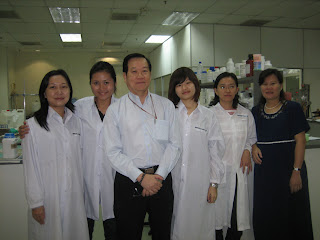
.jpg)
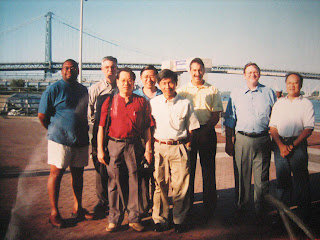.jpg)


.jpg)
.jpg)
.jpg)
.jpg)
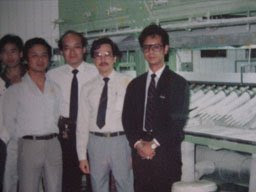.jpg)
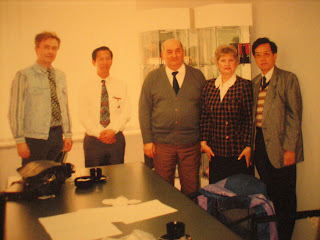.jpg)
.jpg)
.jpg)
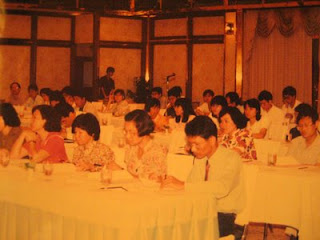.jpg)
.jpg)
.jpg)
.jpg)
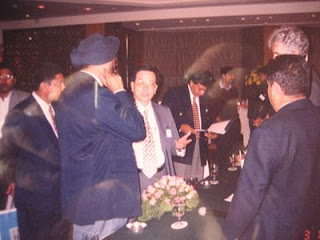.jpg)
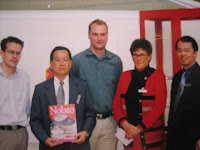.jpg)
.jpg)
.jpg)
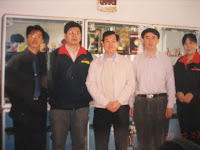.jpg)
.jpg)




